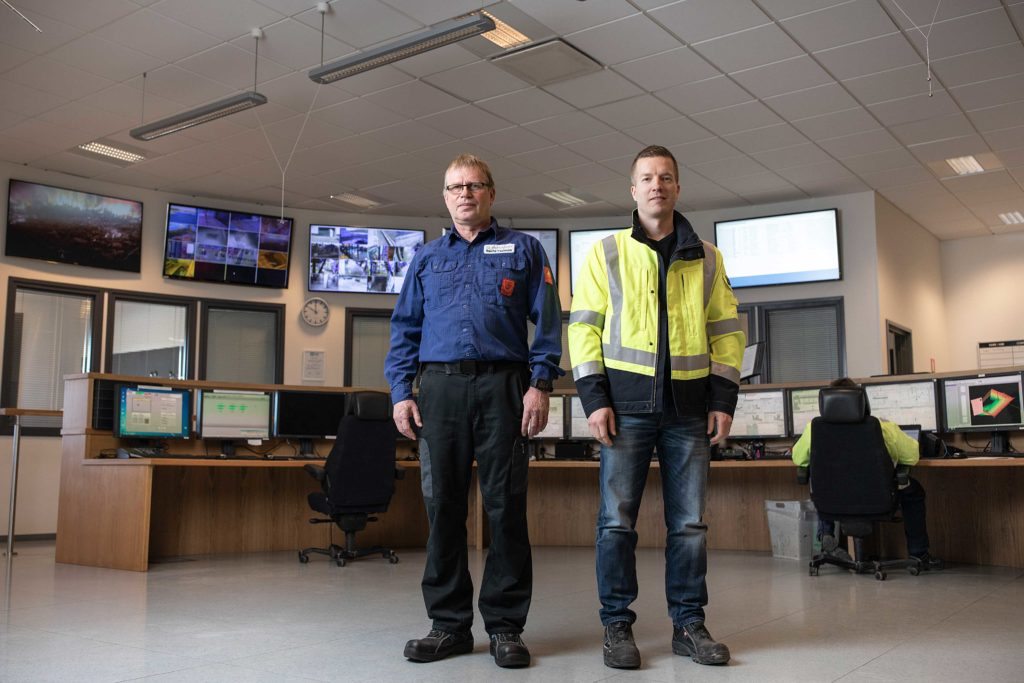The entire year led to record-breaking energy production
In 2017, Westenergy had no need for any major repair work, and we managed to produce more energy than expected. Due to the skilled operating staff and maintenance team, even demanding situations were quickly and safely resolved.
Production Manager Kai Alavillamo, Maintenance Manager Rauno Tuokkola and Operating Engineer Petri Suomela have all worked at Westenergy since the plant started operations in 2012. Over the years, these men have seen a variety of challenging situations. Year 2017, however, passed excellently.
– At the production site, last year was very good, both in terms of the utilisation rate and delivered energy. Our figures were record-breaking and, for the first time in five years, we managed to complete a good year without any major repairs. Improvements made in 2016 were also seen in energy production, says Kai, who is responsible for production.
Successful maintenance shutdowns
In previous years, Westenergy’s utilisation rate was hampered by the refractory lining of the furnace, which was completely replaced by a new Inconel boiler pipe structure. Last year, we stayed within the maintenance budget and even below it. The total shutdown time was 16 days as planned.
– A four-day shutdown was held in the spring and a regular annual 11-day maintenance shutdown was held in the autumn. As part of the annual maintenance, we made periodic inspections of the pressure equipment, which must be done every four years. In the spring, we repaired leakages in the waste feeding hoppers, recalls Rauno, who designs and is responsible for maintenance operations.
At the waste incineration plant, the most critical moments for the maintenance are production ramp-downs and ramp-ups. Last year, everything went according to plan.
– Routines are important. Production ramp-downs and ramp-ups are special situations that only occur a few times a year. It is therefore important that they are done in accordance with the manufacturer’s instructions. The ramping-down of the plant takes about 12 hours, as the waste continues to burn on the grate for a few hours after the waste feeding has stopped. A ramp-up after a service shutdown is a more challenging situation, because we need to be certain that all the equipment will start and function properly. Sometimes something happens unexpectedly. Fortunately, we have experienced operating and maintenance staff, says Petri, who is responsible for the operating staff’s work.

